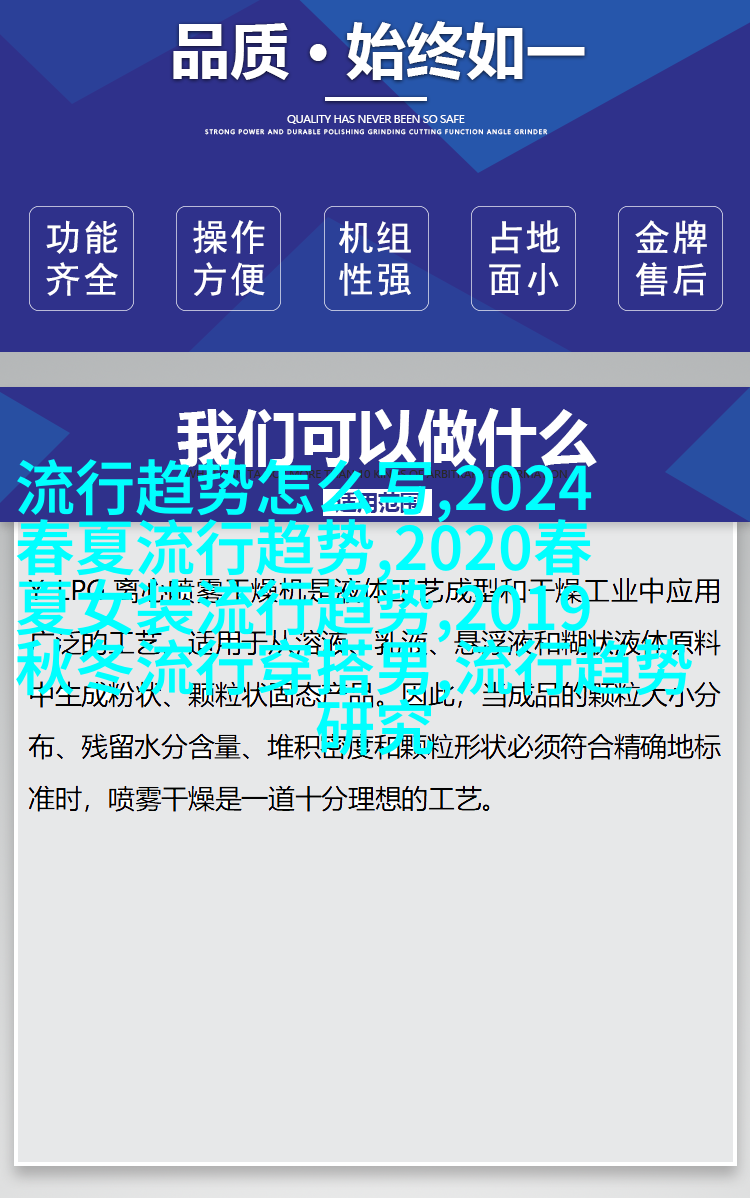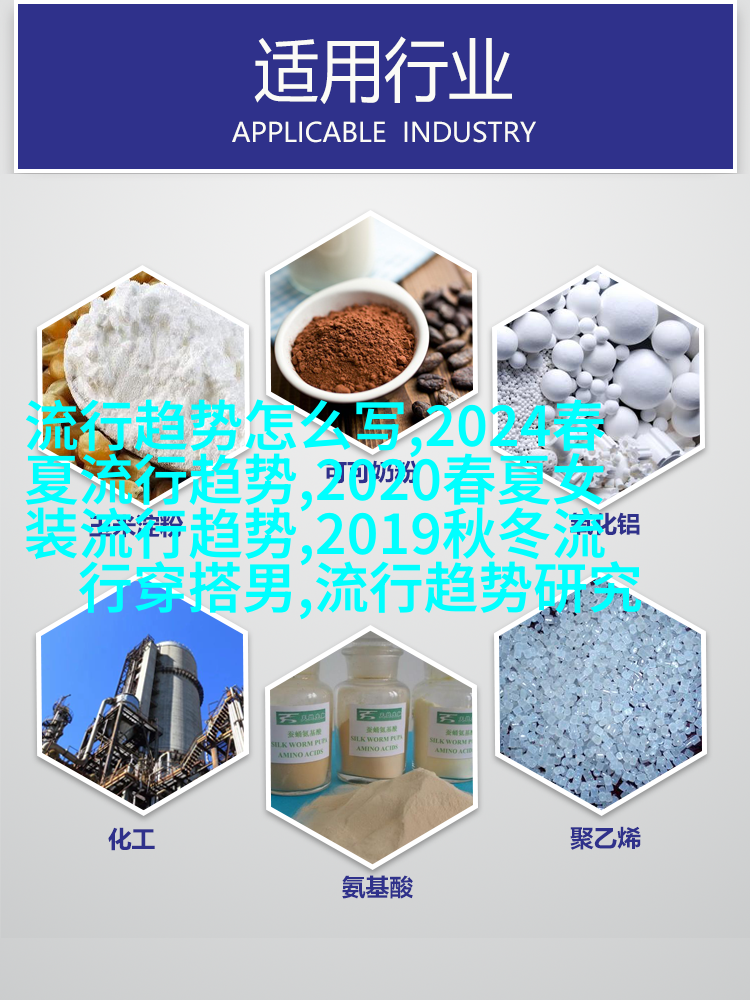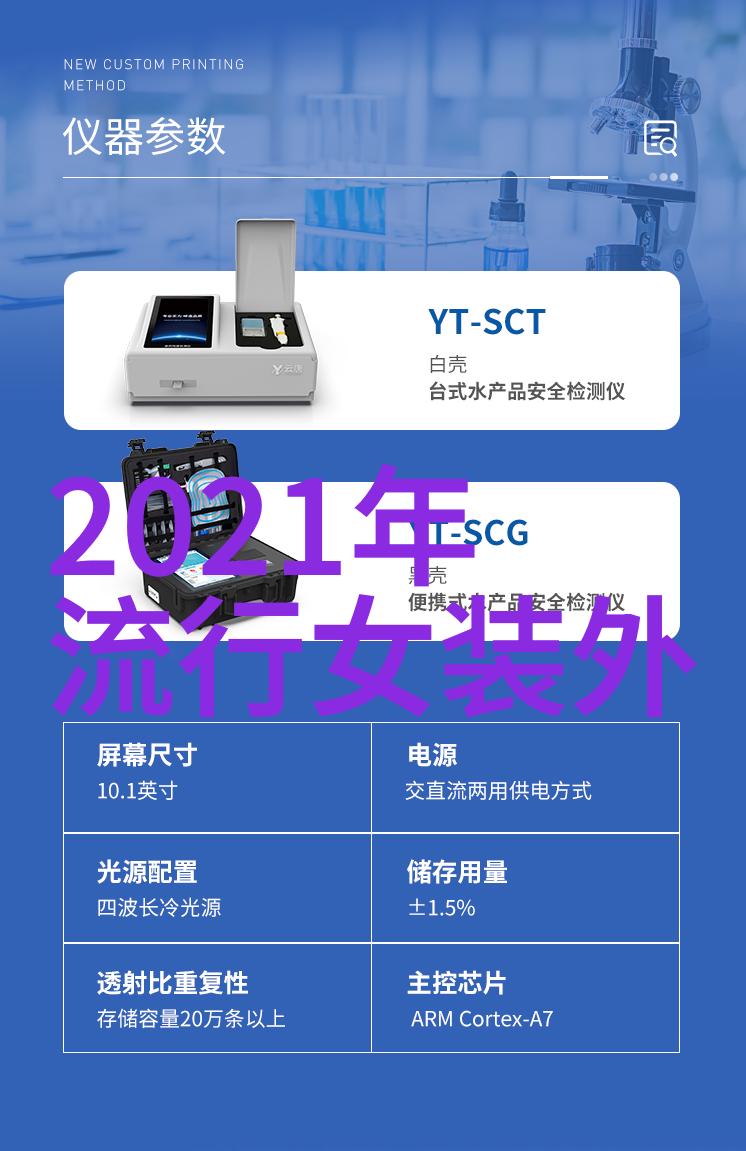Haute Couture to Fast Fashion: The Evolution of English Trend Terminology

In the realm of fashion, trends are constantly evolving, and with them come a plethora of terminology that define these styles. Among these terms is "haute couture," which refers to high-end, custom-made clothing created by renowned designers for select clients. This term has been used since the late 19th century and remains synonymous with luxury fashion.
However, not all fashion enthusiasts can afford or have access to haute couture designs. To cater to a broader audience, fast fashion emerged as an alternative trend in the latter half of the 20th century. Fast fashion involves quickly producing trendy garments at affordable prices for mass markets through efficient manufacturing processes and supply chain management.

To communicate these trends effectively across languages and cultures, designers and marketers employ various English terms related to clothing styles. For instance, "streetwear" describes casual wear influenced by skateboarding culture or hip-hop music that often features bold graphics and athletic silhouettes.
Another popular trend is athleisure wear—a fusion of athletic gear with comfortable leisurewear—where functional sportswear meets stylish design elements from streetwear or loungewear collections. Athleisure wear's rise in popularity can be attributed to its versatility as well as its comfort during daily activities beyond traditional sports settings.

Furthermore, sustainability has become an essential aspect in today's modern world; henceforth eco-friendly labels like organic cotton or recycled materials are being incorporated into many brands' offerings under "eco-fashion." Eco-fashion focuses on reducing environmental impact while promoting ethical production methods without compromising style appeal.
Lastly, there's also vintage-inspired clothing referred to as "retro-chic" which draws inspiration from past decades' fashions such as '50s rockabilly attire or '70s disco glamour outfits—often featuring iconic patterns like polka dots or paisley prints combined with clean-cut shapes reminiscent of classic Hollywood movies era designs.

The ever-changing nature of our lifestyles demands adaptability within the industry itself; thus we see new words emerge alongside old ones giving birth to fresh expressions in what we call “服装流行趋势的英文.” These dynamic terminologies allow us better understanding between different cultures when it comes down communicating about clothes that make us feel good both physically & mentally alike!


